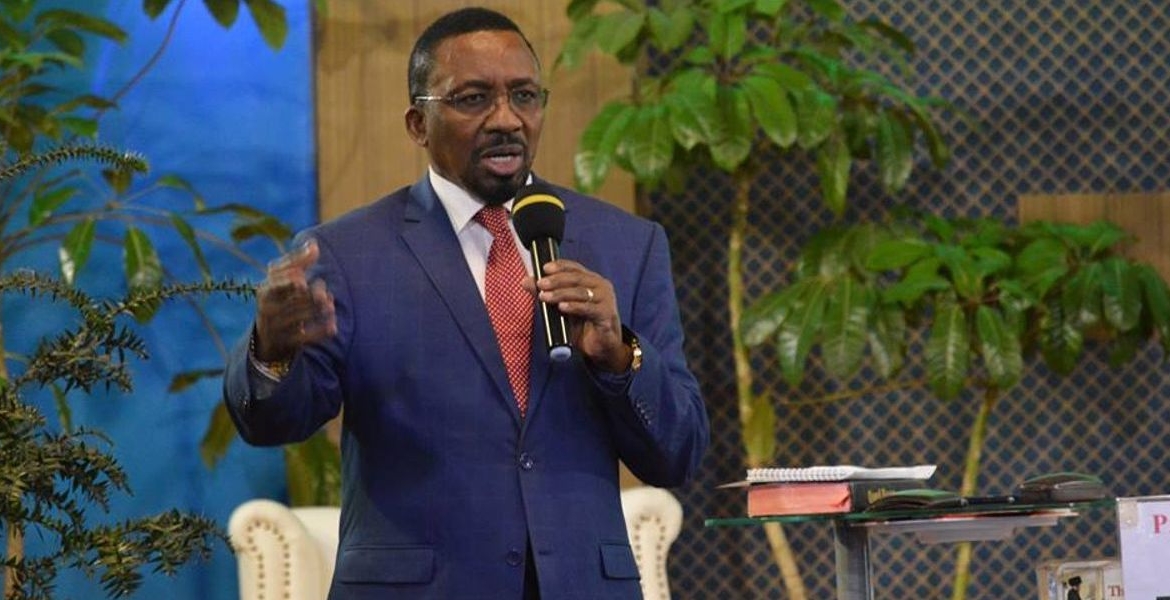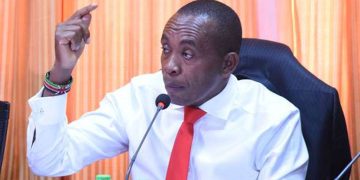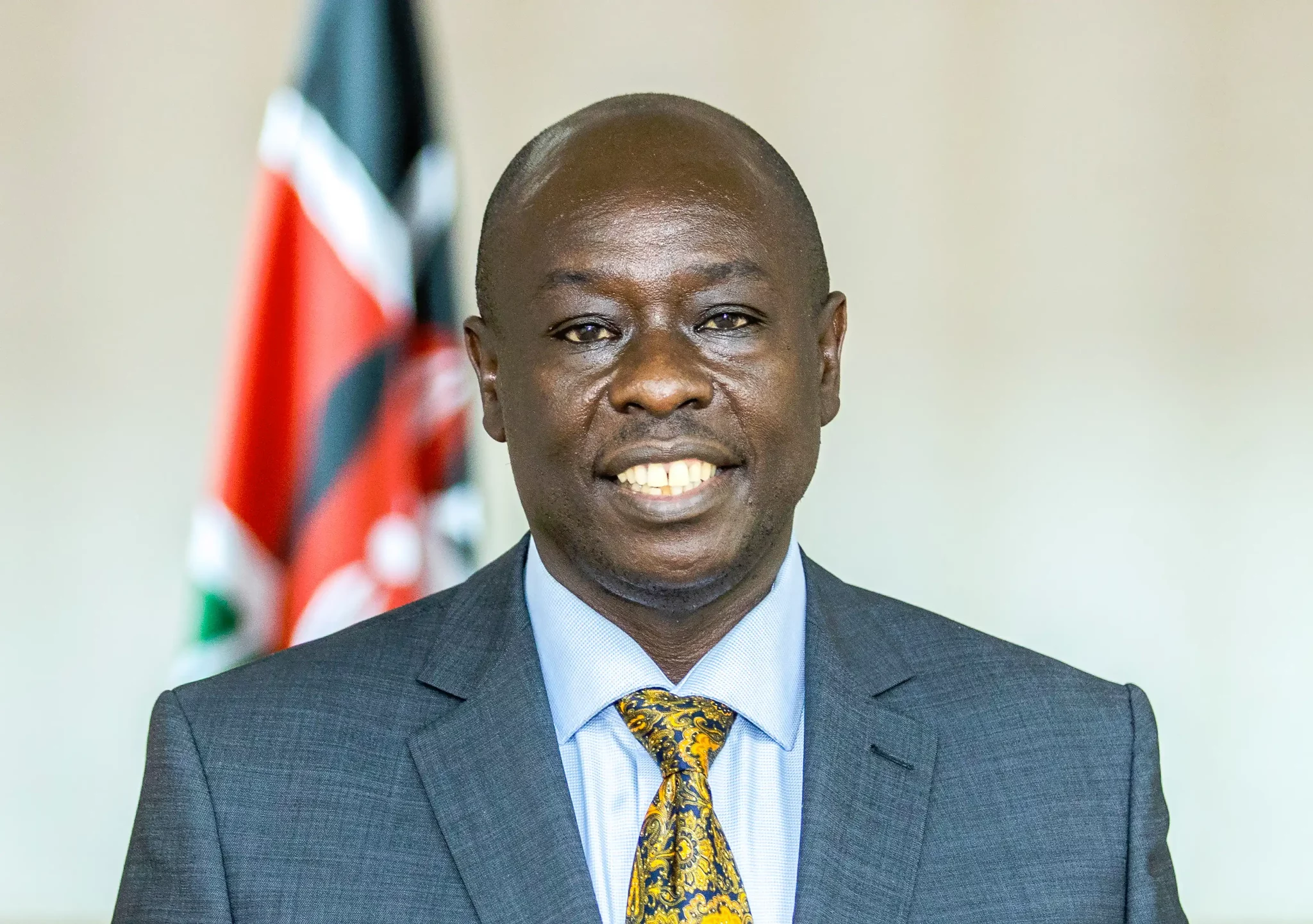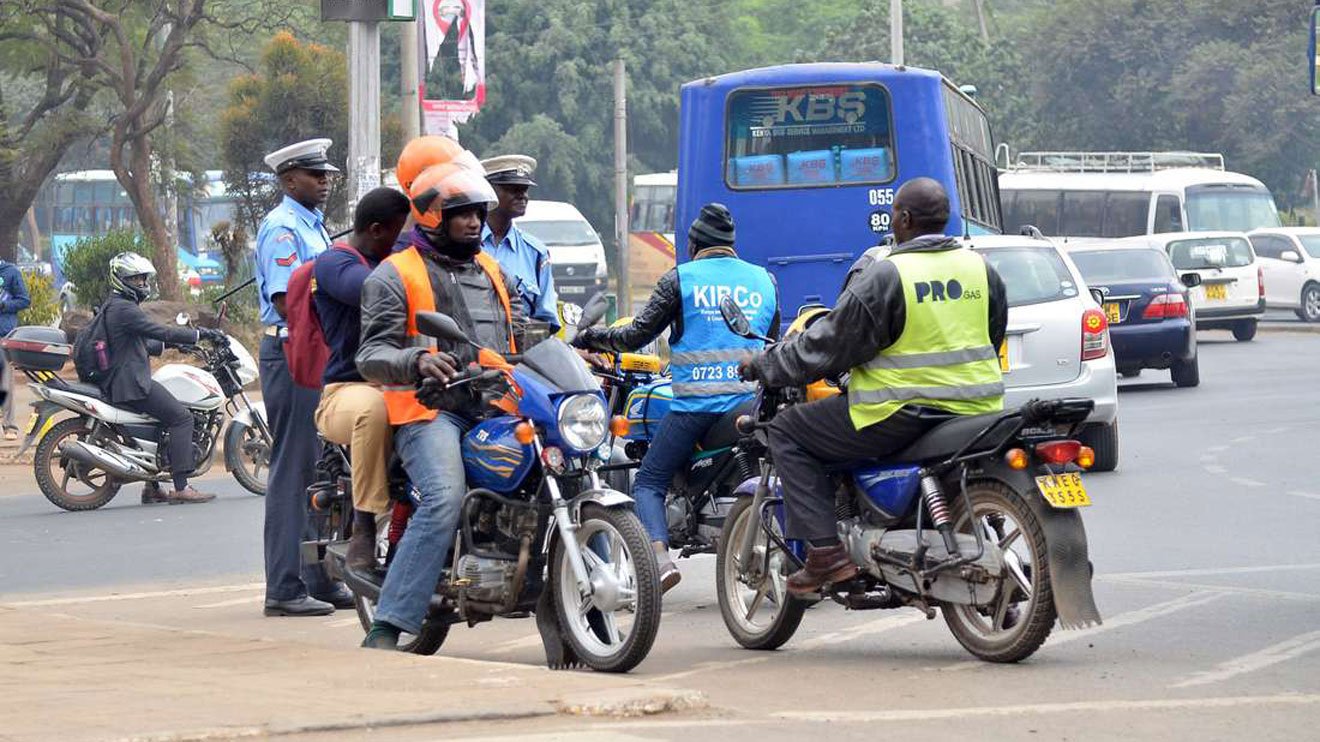Kenya’s public debt has surged to KSh 10.8 trillion, an increase from KSh 10.6 trillion in June 2024, reflecting the government’s continued borrowing to cover expenditures.
This rise, recorded in the first quarter of the 2024/2025 financial year, underscores the unfulfilled promise by President William Ruto to lower the country’s debt burden.
Missed Revenue Targets Amplify Debt Challenges
Treasury Principal Secretary Chris Kiptoo confirmed that the Kenya Revenue Authority (KRA) missed revenue targets in July, August, and September 2024, with shortfalls of KSh 35 billion, KSh 25 billion, and KSh 10 billion, respectively.
However, KRA exceeded its October target, collecting KSh 208 billion against a projection of KSh 201 billion.
Domestic and External Borrowing Trends
During the review period, Kenya’s domestic debt increased by KSh 191.4 billion, reaching KSh 5.6 trillion, a 3.5% rise. External debt also grew by KSh 37.5 billion, marking a 0.7% uptick.
As of September 2024, domestic debt was distributed among banks (45%), pension funds (29.12%), and other investors (13.42%).
The National Treasury anticipates the public debt could hit KSh 13.2 trillion by June 2027.
IMF Cautions Against Rising Debt
The International Monetary Fund (IMF) has flagged Kenya’s escalating debt as a high risk for economic distress.
Julie Kozack, IMF’s director of communications, urged the government to adopt a comprehensive fiscal strategy to reduce debt vulnerabilities.
Meanwhile, Kenya is pursuing a KSh 193 billion loan from the UAE, offered at an 8.25% interest rate with a seven-year repayment term, further raising concerns about debt sustainability.
Kenya’s growing debt underscores the pressing need for fiscal discipline and innovative revenue-generation strategies to avoid long-term economic consequences.
READ: President Ruto’s gov’t secures first IMF loan of Sh52.8 billion




































![Sabina Chege silenced by crowd while defending Uhuru infront of DP Ruto [Video]](https://mkenyaleo.co.ke/wp-content/uploads/2019/12/N1ek9kpTURBXy85YjUxNDRhMGFhNDAxOGI4M2Q2OGQ5YTUxYzQ5ZTAzYS5qcGeRkwXNAxTNAbyBoTAB-1.jpg)






